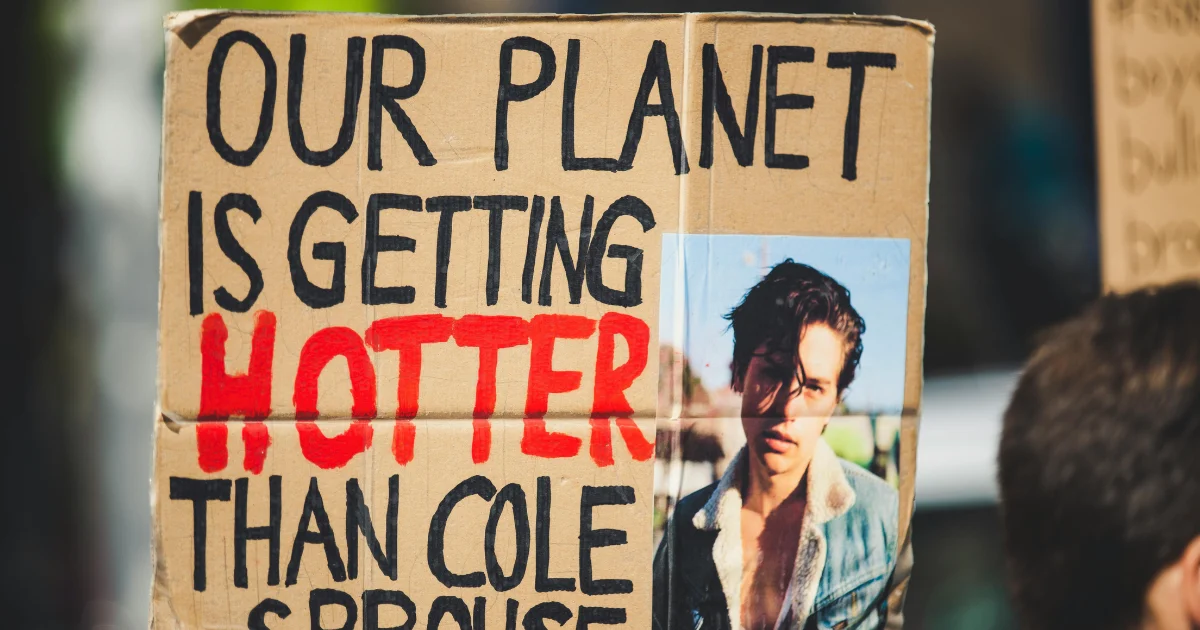Table of Contents
ToggleHow Trees Help Fight Heatwaves and Climate Change
Trees are one of our best natural defenses against heatwaves and climate change. They provide shade, clean the air, and help keep temperatures down. Understanding how trees work to cool our planet can help us appreciate why it’s so important to plant and protect them.
Trees Provide Shade to Cool the Ground
One of the simplest ways trees help fight heatwaves is by providing shade. When the sun shines on open areas, like roads, sidewalks, and buildings, these surfaces absorb a lot of heat. This makes everything around them hotter. Trees, however, block some of this sunlight with their leaves, creating a cooler, shaded area underneath. This shade can lower ground temperatures by as much as 10-15°F (5-8°C). Shaded areas feel cooler and reduce the need for artificial cooling methods like air conditioning, which helps save energy.
Trees Release Moisture Through Transpiration
Trees also help cool the air by releasing water through a process called transpiration. They absorb water from the soil and release it through tiny pores in their leaves. When this water evaporates into the air, it cools the surroundings, much like how sweating cools our skin. During a heatwave, the cooling effect of trees through transpiration can make a big difference, especially in urban areas where there’s a lot of concrete and less greenery.
Trees Absorb Carbon Dioxide and Help Slow Climate Change
Trees play a key role in fighting climate change by absorbing carbon dioxide (CO₂), a greenhouse gas that traps heat in the atmosphere. Through photosynthesis, trees take in CO₂ and store it in their wood, leaves, and roots. By removing CO₂ from the air, trees help reduce the amount of heat trapped in the atmosphere, which in turn helps slow down global warming. Fewer greenhouse gases mean lower temperatures and fewer extreme weather events like heatwaves.
Trees Reduce the Urban Heat Island Effect
In cities, the many buildings, roads, and other hard surfaces absorb and hold heat, creating what scientists call “urban heat islands.” These areas can be much hotter than nearby rural areas, especially during a heatwave. Trees help reduce this effect by providing shade and releasing moisture, which cools down the air. When cities plant more trees, they can reduce the urban heat island effect and make the environment more comfortable and safer during hot weather.
Trees Improve Air Quality
In addition to cooling the air, trees help clean it. They absorb pollutants like ozone, nitrogen dioxide, and sulfur dioxide, which are harmful to human health. By reducing pollution, trees improve air quality, making it easier to breathe, especially during heatwaves when pollution levels tend to rise. Cleaner air also supports healthier ecosystems, which helps create a more balanced and stable climate.
Trees Lower Energy Use and Carbon Emissions
Trees around homes, offices, and other buildings provide shade and reduce the need for air conditioning. By lowering indoor temperatures, trees help us use less energy to keep buildings cool. When we use less energy, power plants burn fewer fossil fuels, which means fewer greenhouse gases are released into the atmosphere. By lowering energy use, trees help reduce carbon emissions, making them a powerful tool in the fight against climate change.
Trees Support Biodiversity and Healthy Ecosystems
Trees are home to a wide range of animals, insects, and plants, creating a healthy ecosystem. When these ecosystems thrive, they help create a stable climate that can handle temperature changes more effectively. Diverse ecosystems are more resilient to climate change, which means they can adapt and survive extreme weather like heatwaves. Healthy trees and ecosystems help protect the planet and create a balance that makes our environment less vulnerable to climate impacts.
Trees Store Carbon to Combat Global Warming
Trees naturally store carbon in their wood, branches, and roots, a process known as carbon sequestration. By holding on to this carbon, trees prevent it from being released into the atmosphere as CO₂, which helps reduce the greenhouse effect. The more trees we plant, the more carbon we can capture and store, which helps reduce global warming and stabilize the climate.
Trees Help Us Adapt to a Changing Climate
As climate change causes more extreme heatwaves, trees become even more important for cooling our environment and protecting our communities. Trees help reduce the severity of heatwaves, lower air temperatures, and provide a refuge from the heat. By planting trees in cities, parks, and neighborhoods, we can adapt to a warmer climate and create safer spaces for everyone.
Relevant post: In impressive trees influence the climate in 2024
Other Relevant: Trees and Climate Change: How Forests Benefit the Climate
Conclusion
Trees are essential in the fight against heatwaves and climate change. They provide shade, release moisture, absorb carbon dioxide, and reduce the urban heat island effect. Trees also help clean the air, lower energy use, and support healthy ecosystems. By planting and protecting trees, we can help cool our planet, reduce the effects of climate change, and make our communities healthier and safer. Protecting our trees today is an investment in a cooler, more sustainable future.




